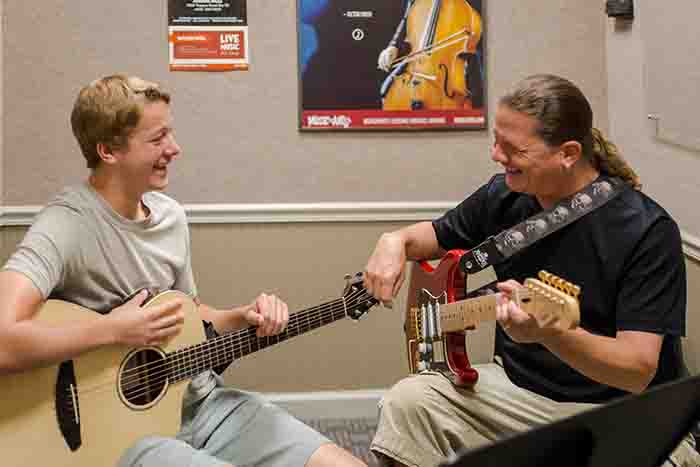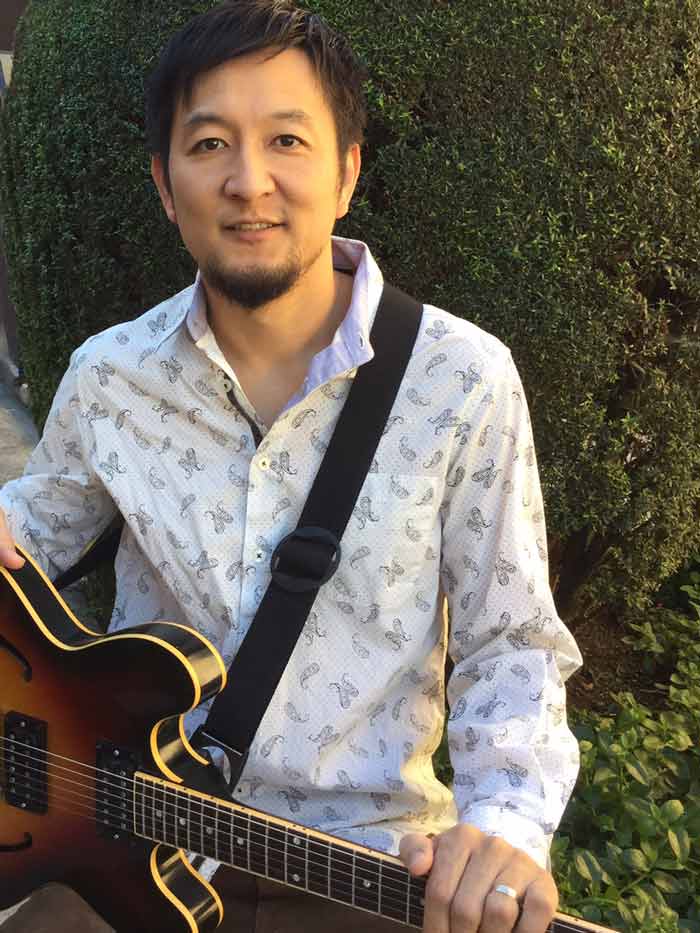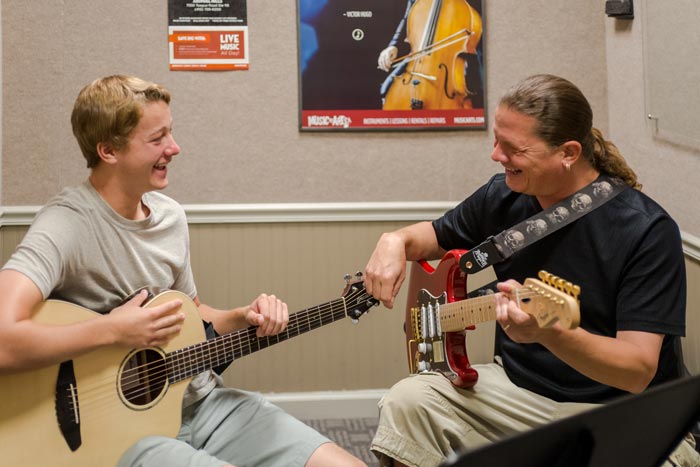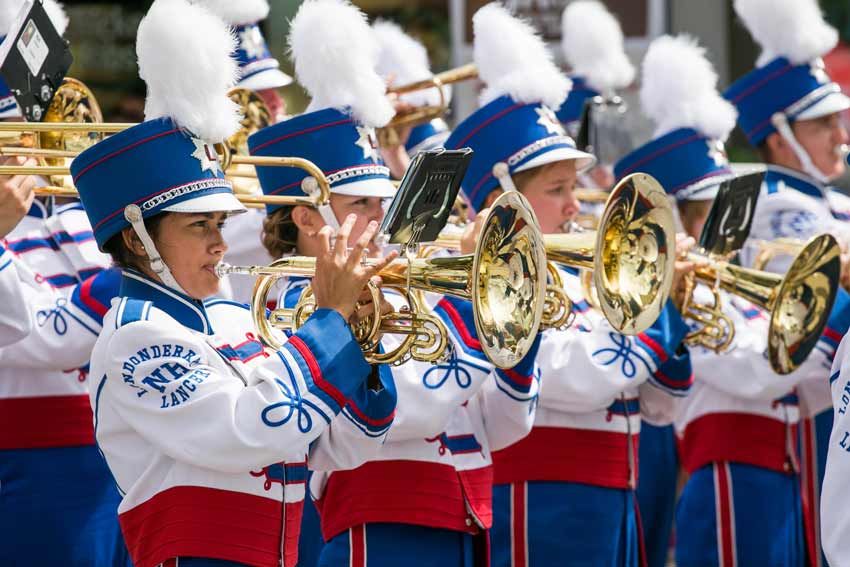May 13, 2015
Tone and the Young Brain
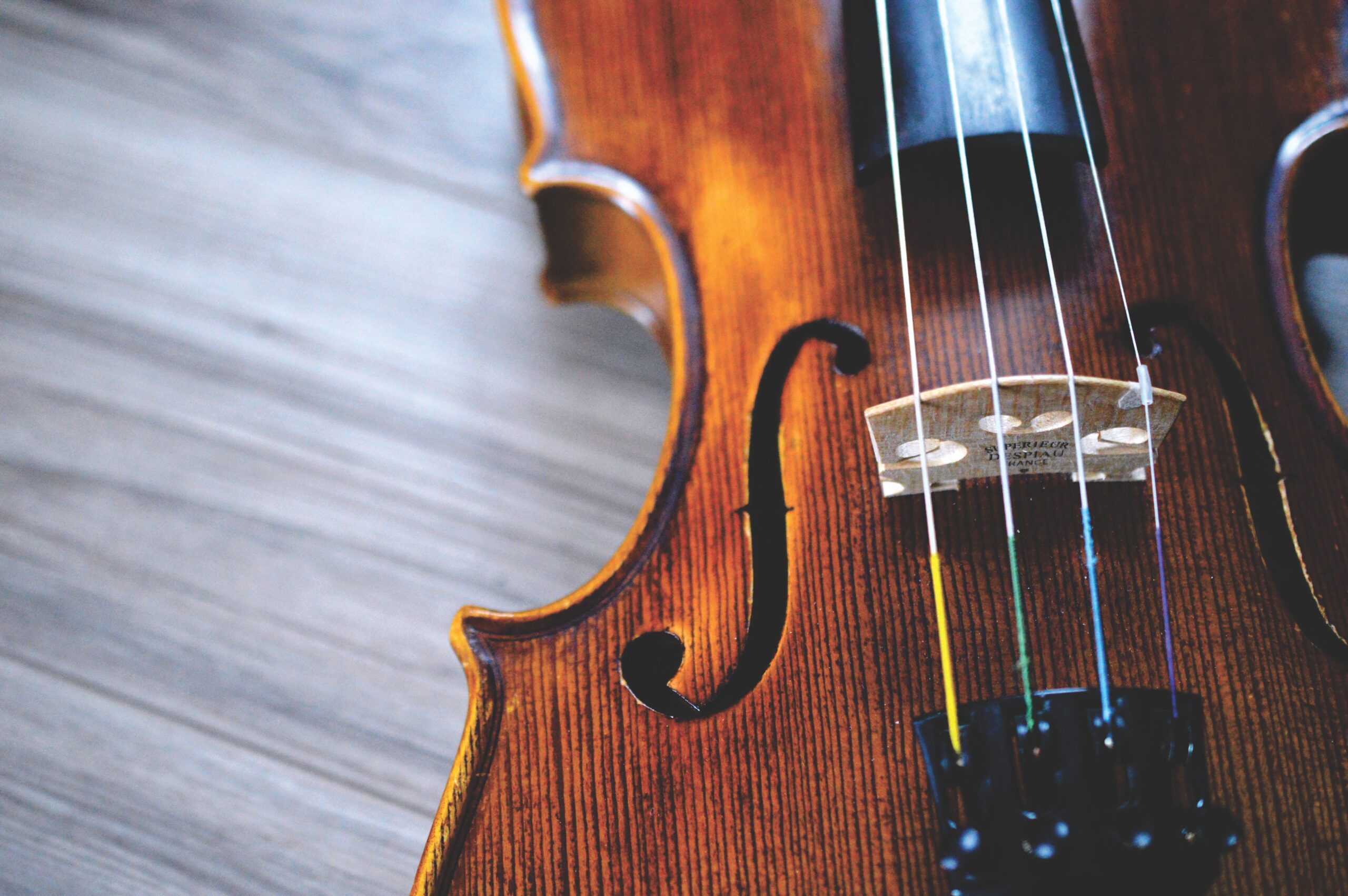

During practice as well as lessons, children must balance a number of complex processes. These include tracking and maintaining correct form while juggling tuning issues, muscle memory, and the translation of symbols on a page into separate muscle moves for each hand. All of this while trying to retain new rhythmic information! It’s no wonder more complex musical components like tone often take a back seat to these core essentials.
Students have no preexisting criteria to assess the difference between a coarse or nasal sound versus a pleasing one. Their minds may be so overwhelmed, they won’t even hear anything besides the melody. A shortage of decent-sounding fractional-sized instruments compounds this problem. Unfortunately, if tone is left out of early learning, it might be ignored or added as a peripheral, mechanical skill later on. Those of you who’ve served as judges in your state juries know how we want to jump up and dance when, after hearing a dozen kids play the same piece of music, a student actually plays musically.
Games to Build Listening Skills:
Use Gear
A microphone or an electric violin with a mixer can come in handy to demonstrate tone. Both of these setups offer knobs that can control the amount of bass, mid-range, and treble that cooperatively generate the final tone coming through the amp. It can be a fun game for your students since they live in a world of technology. Invite volunteers to adjust the knobs and turn this exercise into a guessing game: Did Talitha boost the treble or the bass? How much does Sam need to turn up the midrange before it sounds too bright? What adjectives describe the different sounds they hear?
Use Recordings
If you don’t have a budget to buy this equipment, try compiling different recordings of the same piece of music and invite students to describe the difference in tone between the recordings. Or, you can play the same piece of music on several different instruments and ask them to describe the differences between each instrument’s sound.
Use Strings
Of course, the right set of strings can elevate a substandard instrument considerably. If your program can’t afford full sets of strings to use for ear training, try buying A strings from 3 – 4 different companies so that students can hear the difference on the same instrument. You might throw an old, dead string into the mix. This exercise provides an opportunity to teach them adjectives like shrill, nasal, bright, dark, and any other words you’d like them to link to sound production. Plus, you can elicit descriptive words that include colors, feelings, and any other categories you’d like them to explore.
Consider providing your students with adjectives written on the board to help get them started and follow up by inviting them to add to the list.
About the Author:
Julie Lyonn Lieberman is a D’Addario Orchestral clinician. She’s a violinist, composer, author, and music educator specializing in improvisation and world music. She is also Artistic Director of the summer workshop, Strings Without Boundaries.




